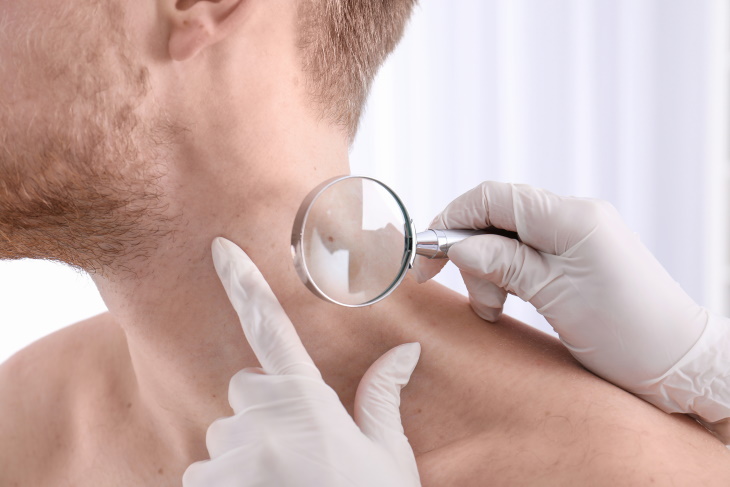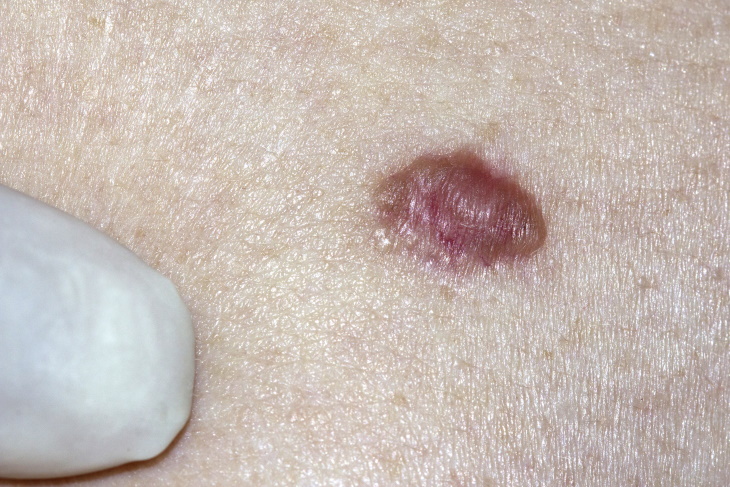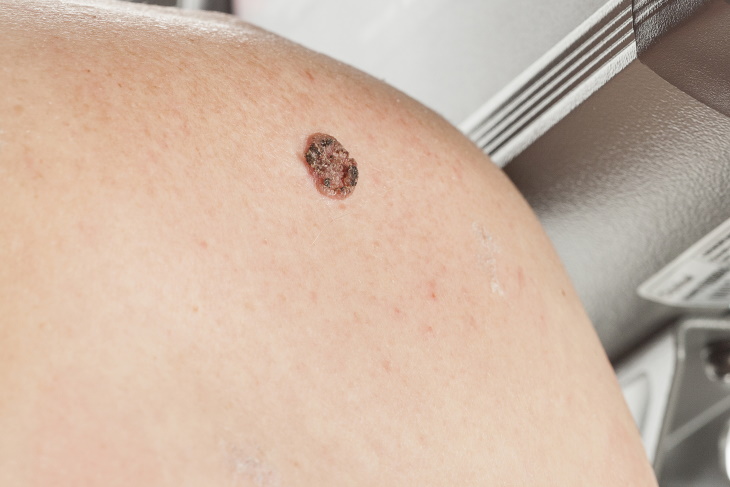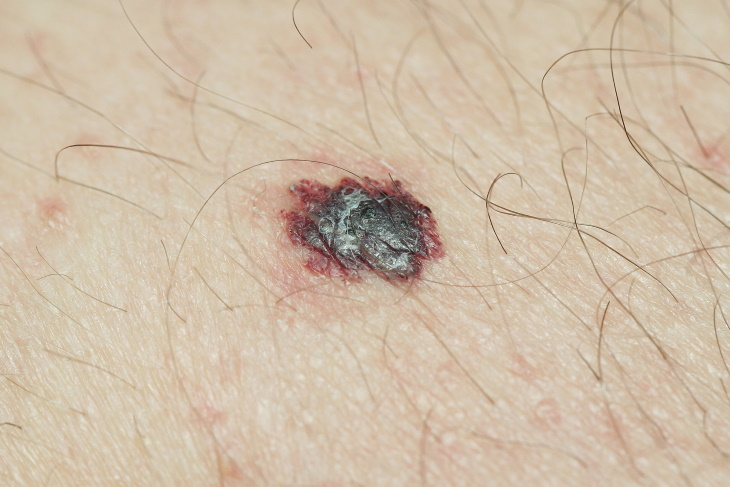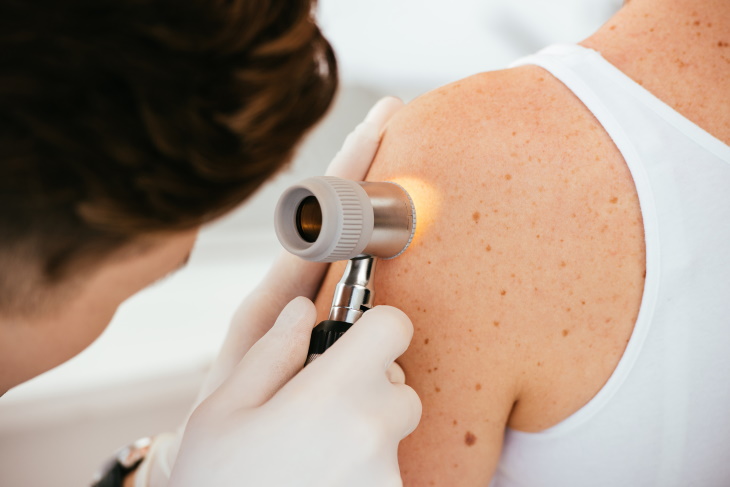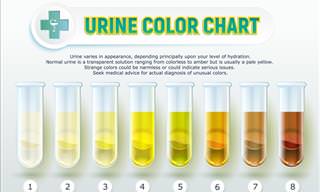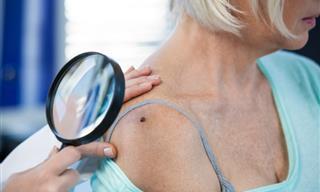Skin cancer is often labeled as less serious than other cancers, but it’s anything but that. In fact, skin cancer is the most common type of cancer diagnosed in the US. Just imagine, the disease affects 1 in 5 Americans!
When diagnosed at an early stage and treated properly, skin cancer is highly treatable and often curable. Here’s what you ought to know about the types of skin cancer and your risk of developing them.
Different Types of Skin Cancer and Risk Factors
Although skin cancer is most commonly found in areas of the skin that get more sun exposure (face, ears, arms, chest, and legs), it can appear pretty much anywhere on the body, including more hidden areas like between the toes, armpits, under the nails, the groin, and thinning spots on the scalp.
Skin cancer develops when the natural skin turnover cycle doesn’t work as it should, and new, often abnormal, skin cells start rapidly growing. This accumulation of cells can either be benign (meaning they don’t spread or harm the body) or malignant (they spread to other tissues and areas in your body).
Not all skin tumors are malignant. There are 3 main types of skin cancer:
- Basal cell carcinoma
- Squamous cell carcinoma
- Melanoma
Below we explain what each of these skin cancers can look like and who is more likely to develop them.
Related Article: Learn the Skin Cancer Symptoms That You Really Should Know
Basal cell carcinoma (BCC)
Basal cell carcinoma is the most widespread type of skin cancer on the planet. It’s relatively slow growing and rarely spreads to other parts of the body. Indoor tanning and years of frequent sun exposure are the most common causes of BCC. It’s crucial to treat BCC early, as it can grow deep and penetrate the nerves and bones, damaging and disfiguring the tissues.
Basal cell carcinoma (BCC) appears as:
- Flesh-colored pearly bumps on the face, ears, and neck.
- On the body, it may look like flat, reddish, or brown lesions or scars.
- Crusty lesions with an indent in the middle that bleed and don’t heal
Squamous cell carcinoma (SCC)
Squamous cell carcinoma is the second most common type of skin cancer. It too develops as a result of long-term UV exposure from the sun or tanning beds and can grow deep into the skin. These tumors can develop anywhere on the body, and they can also form on the mucus membranes (lips, inside the mouth or nose) and genitals. SCCs can spread to other areas of the body.
Squamous cell carcinoma (SCC) appears as:
- A rough, scaly rash that bleeds and itches.
- A hard red or pink cyst.
- A bleeding, crusty sore that heals but then re-opens
Melanoma
Melanoma is not as widespread as BCC or SCC, but it is the most infamous form of skin cancer, mainly because it is the most dangerous. If left to develop, melanomas can rapidly spread to other organs and potentially endanger one’s life. Sunburns can lead to melanoma, but the tumor can appear on any part of the body, including areas that do not get any sun exposure, such as your eyes or internal organs.
Melanoma appears as:
- An existing mole can suddenly develop into a melanoma. Any changes in color, shape, size or bleeding can be a sign of melanoma.
- A new dark spot that doesn’t look like other moles on your body.
Remember the ABCDE acronym to watch out for the warning signs of melanoma:
Asymmetry - the mole is not round in shape.
Border - the border is irregular.
Color - the color of the mole changed or there’s more than one color.
Diameter - the mole grows in size (larger than a pencil eraser).
Evolution - you observe changes in the mole.
Lesser-known types of skin cancer
Apart from the forms of skin cancer listed above, dermatologists encounter many less-common malignant skin tumors, such as:
- Sebaceous gland carcinoma: an aggressive tumor that typically appears as a painless round nodule on the eyelid (an area with many sebaceous glands).

- Merkel cell carcinoma (MCC): a rare cancer type that affects the Merkel cells, which are specialized cells in the epidermis (the top layer of skin) involved in the perception of touch. These cells are very close to the nerve endings in your skin, which makes this cancer rather dangerous. MCCs look like red or purplish bumps that grow fast and can open into ulcers.
- Kaposi sarcoma: blue, black, red, or purple patches on the arms, legs, and face that can either be flat or bumpy. This type of cancer is most common in people with a weakened immune system or those who take immunosuppressants. Kaposi sarcoma lesions can also show up inside the mouth, throat, or nose.
- Dermatofibrosarcoma protuberans (DFSP): a skin cancer that develops from the dermis (the skin’s middle layer). DFSP is slow-growing and rarely spreads. It appears as a purple, red, or brown bump or scar.
Who has the highest risk of skin cancer?
Dermatologists are pretty much unanimous that the primary cause of skin cancer is excessive exposure to sunlight, especially when it results in a blistering sunburn. UV rays scorch the skin and damage the DNA, which can result in cancer. Although anyone can develop skin cancer, you’re at a higher risk if you:
- Spend a lot of time in the sun.
- Tan (including in tanning beds).
- Live in a hot or high-altitude location.
- Are prone to sunburns.
- Have a family history of skin cancer.
- Have many moles.
- Have skin contact with certain chemicals, such as tar and coal.
- Have blond or red hair, light-colored eyes, fair skin, or freckles.
- Take immunosuppressants (such as after an organ transplant).
- Used ultraviolet light therapy for treating eczema or psoriasis.
Related Article: Find Out If A Doctor Should Check These 7 Skin Spots…
When should you see a dermatologist?
If you fall within any of the categories we listed just above, you should visit a dermatologist yearly, since you may have a higher risk of skin cancer. You should also have the habit of checking your own moles every 1-3 months - this is easier done with a mirror right after you step out of the shower.
But even if you don’t have a higher risk of skin cancer and notice any of the following on your skin, it’s time to visit a dermatologist:
- An irregular or oddly shaped mole
- A new or evolving mole or bump
- A multicolored mole or spot
- A wound that bleeds and doesn’t heal for a month or longer
- A red rash or patch that bleeds
- Moles under your nails
We hope this was helpful. Stay safe in the sun!
H/T: Verywell Health, AAD, Cleveland Clinic
 Go to BabaMail
Go to BabaMail


